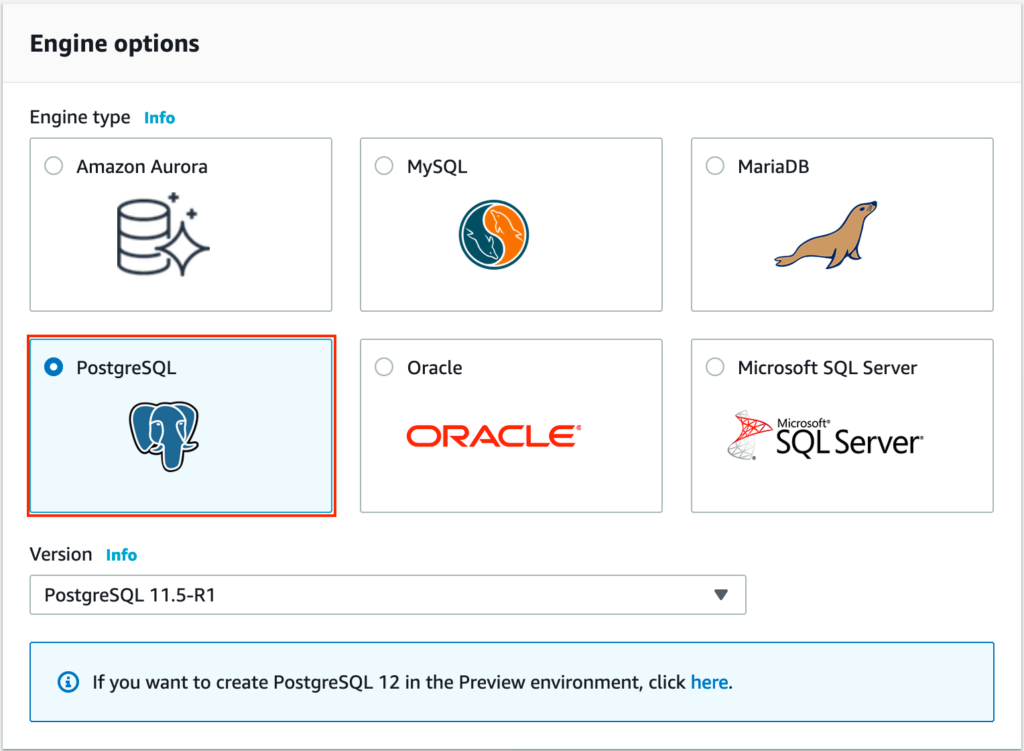
If you have databases you want to migrate to the cloud, RDS is a great start. It runs a variety of database engines-including MySQL, PostgreSQL, MariaDB, and Oracle-so it works with your existing application code. Amazon handles all the fiddly bits-provisioning instances, replication and backups, maintenance and updates. You click a few buttons, and you get a database ready to store data. This is less and less common, but it’s useful if you need very fine-grained control over your database.Īmazon created RDS to reduce the management overhead of running a database in EC2. This is like running a database in your data center but with EC2 instances instead of servers. It’s a labor-intensive process-but without the cloud, it’s how you do things.Īs a first step toward the cloud, you can run a database on EC2.

#Stored procedure in aws postgresql install
They install software, apply maintenance and security patches, make regular backups, and so on. Your DBAs run databases on servers that you own. If you run a database in your own data center, you’ve probably hired database administrators. Which begs the question: When should you use RDS and when should you use Aurora? Four approaches to database management These similarities can make it hard to tell them apart. They both scale to dizzying heights, with terabytes of storage per database.

They both let you spin up databases with a few clicks in the console. They’re both managed services, where you pay Amazon to manage and administer your database. If you want to run one in AWS, there are two popular choices: Amazon RDS and Amazon Aurora.

Much of the world runs on relational databases.


 0 kommentar(er)
0 kommentar(er)
